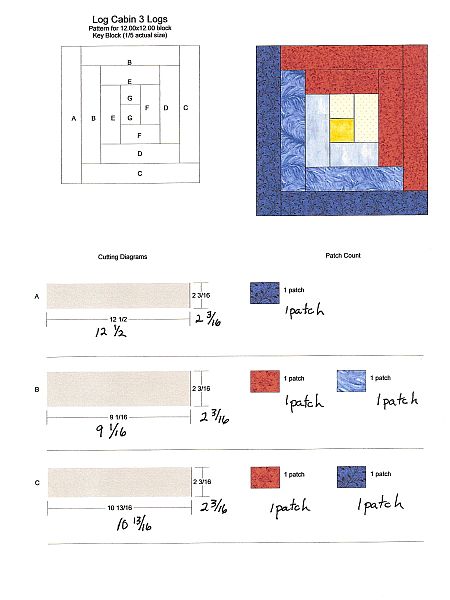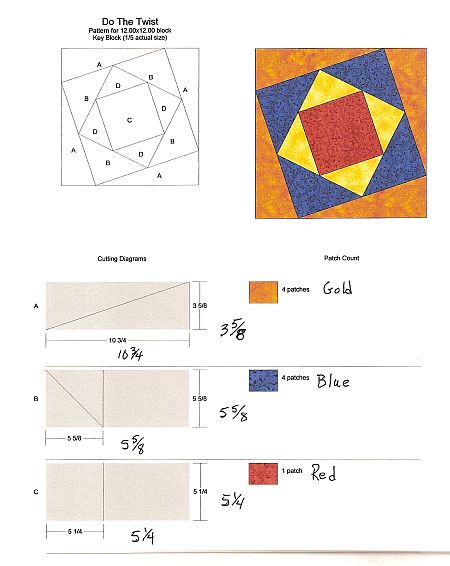This has been a busy month. We recently went to Nashville again to sign a contract on a Motor Home that we saw last month. It’s like new, though used, and really beautiful. We will get it the first week of December.

Also, my sewing machine has been back to the factory, or wherever disobedient sewing machines go. It has had ongoing problems for a long time. It is only a year and a half old, so it shouldn’t have given me so much trouble. It was gone for three or four weeks. I haven’t used it yet, but I hope it is OK now.
I have been thinking that I should talk about hand stitching and finishing a quilt. Some time ago, I had a lesson on the things that judges look for when they are judging a quilt show. It was really interesting and taught me how to finish my own quilt to make them the best I know how. A few months ago, I found a list of rules on a forum. A member of the Colorado Quilt Commission posted it. It was helpful to me, I hope it is helpful to you.
- Piecing: Precise general construction; comers and points match; stitches do not show; thread color is appropriate - Applique: Securely attached without puckers; curves are smooth and points are sharp; stitching is even; dark fabrics don't shadow under light
- Hand quilting: Stitches are even and consistent, front and back; no visible knots or backstitches; no pleats or bubbles on front or back - Machine quilting: Tension is balanced; stitches are even and consistent; stops and starts are not obvious; no pleats or bubbles or distortion of top
- Amount of quilting: Sufficient and appropriate for design of top and batting type; consistency maintained throughout.
- Borders: Construction well executed with straight seams; no ripples, puckers, or stretching; comers precise.
- Finishing: Binding is well executed and consistent width; stitching is secure; comers are square; edges are straight; batting extends to outer edge of binding - Special techniques: (Embroidery, tying, embellishments, beading, overlays, trapunto, photos, etc.) Secure, neat, and effectively executed - Visual impact: Line, shape, color, texture, and value effectively used to produce an interesting, balanced, and well-proportioned design.
- Quilting pattern: Complements the top design, fills the spaces well.
- General appearance: Neat and clean; no visible markings, lint, soil, pet hair, odor, or stains; no obvious distortion or sewing problems.
In learning what judges are interested in finding while judging, it has made me more aware of the things that I do with my quilts. It is especially important to me to see that my hand stitching is done well. In applying the binding, it is also important to make the seam allowance big enough that it fills the space of the binding, not leaving a dead space at the edge of the binding. Not everyone wants to enter a quilt show, but it's nice to know the rules, so you can make your own quilts that will please you now and others for years to come.
One thing that is a bit hard to learn is how to make the binding fit the quilt so that the quilt lays flat and doesn’t’ have rippley edges. The amount of tension of the binding strip while you apply the binding is the secret. If you apply a slight tension to the binding as you sew it along the edge of the quilt, the binding and the edge of the quilt will lie flat. After applying the binding, it is a good idea to pin the binding before stitching and then lay the quilt out on the floor or other flat surface. If the edges are bumpy or rippley, it is not too late to go back and correct the problem. I know, I know, you are saying “THAT MEANS FROG STITCHES!” Yup, Frog Stitches are those little buggers that just have to be RIPPED OUT and replaced. ”Rip-it, rip-it". It’s worthwhile in the long run, when it’s all finished and you know you have Done it well. Be your OWN judge. If your quilt pleases you, it will please anyone who sees it.
Now, on to the continuing saga of LaRueSews, Block of the Month this time the block is the Log Cabin Block. I am giving you the patterns with very little instruction. Just be sure that each of your blocks measure 12 ½ inches, each. In the finished quilt, each block will measure 12 inches, because of the construction of the quilt.


This picture is another of the finished blocks from my current project, Not anywhere Near Baltimore, A Prairie Version.

I just thought of a question to get you commenting on LaRueSews. Just a little curiosity on my part. If you have been following LaRueSews-Quilts for some time, what keeps you coming back for more.
Happy Thanksgiving
Stitches To You,
LaRue